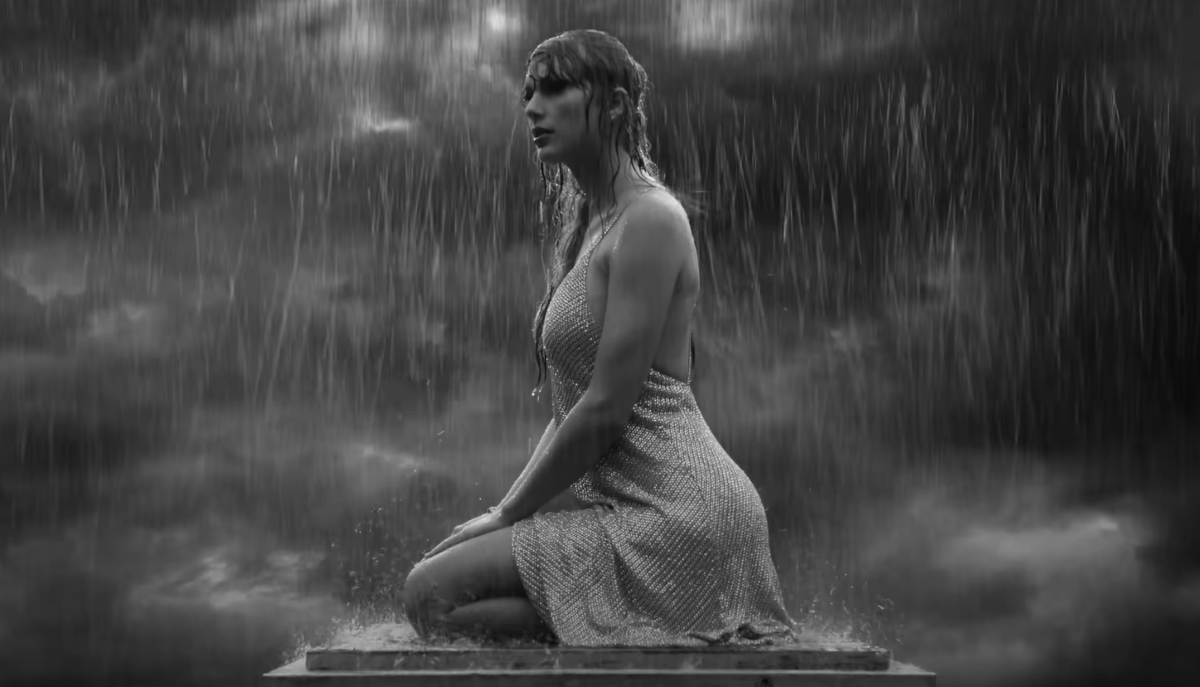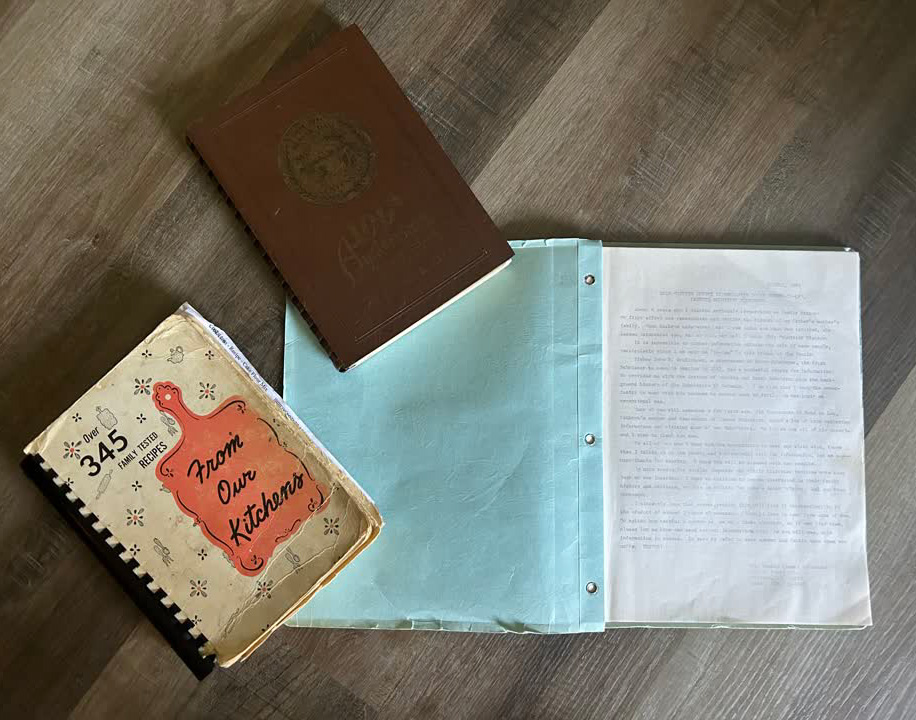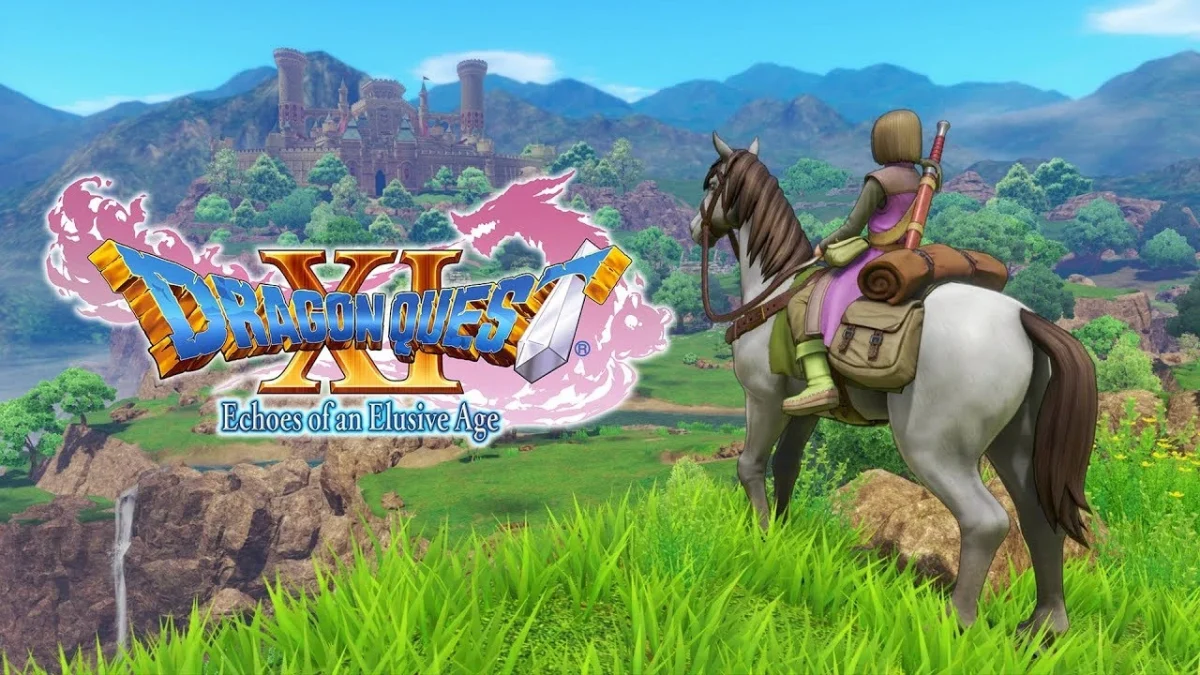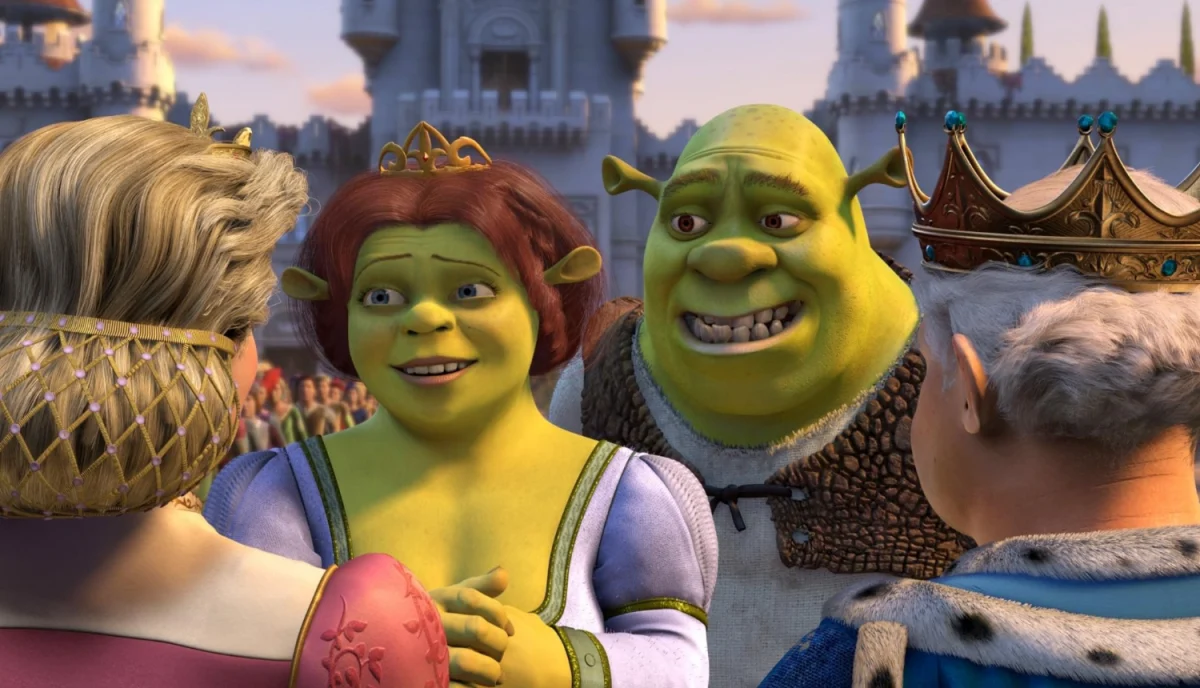In a Dec. 27 letter, State Superintendent of Public Instruction Elizabeth Burmaster encouraged all 426 Wisconsin public school districts that have American Indian logos and/ or mascots to “engage their communities in finding positive alternatives.”
According to the Wisconsin Indian Education Association, a group representing Indian educators, the state has 39 schools with Indian logos, mascots and names.
In some cases, the state does have a legitimate argument; however one must consider the importance of being consistent across the board when it comes to being sensitive to various cultures.
First of all, since the state has chosen only to cite uses of American Indian imagery as being negative, it should therefore be looking at only those schools whose names explicitly refer to Native American cultures and not those that just sound like it.
The Pulaski High School Red Raiders might sound like a reference to Native Americans, however, school officials said, the name comes from the “Red Raider” cavalry unit lead by Brig. Gen. Kashmir Pulaski during the Revolutionary War.
Residents of the city of Tomahawk are also upset because some have cited the Tomahawk Hatchets as being offensive to Native American people. Do we now want to start punishing municipalities for having names that are of an American Indian origin?
The name “Wisconsin” itself appears to have its origin in a native language (Ojibwe), as do the names of many towns and cities within the state, including “Ashwaubenon” and “Chippewa Falls.”
According to the WIEA, one of the objections to Native American mascots has been the use of tribal traditions by those who don’t fully understand their meanings. However, there are schools that have discontinued such clothing, dances and rituals while continuing to maintain their team names.
Admittedly, there probably are some schools that inertly perpetuate American Indian stereotypes; however, the state should not hold all schools responsible for the actions of a few disrespectful districts.
The American Psychological Association argues that if the state does not require schools to change their logo, students will continue to covertly pass on racist attitudes and beliefs to their students, which results in a hostile learning environment and has a negative effect on all students.
And while this argument has some logic, one has to look at the fact that not all schools with an American Indian logo or nickname have student bodies that exhibit racist attitudes toward Native American cultures.
According to Wisconsin state statutes as well as the state’s administrative codes, having a Native American logo, mascot or nickname is not automatically in violation of student discrimination policies, however if it applies to Native American imagery, it should also apply to schools that incorporate other cultural and ethnic identities as well.
If it is unacceptable to use names that refer to Native Americans, then it would also be logical to regulate the use of other cultural or ethnic groups.
So far however, such groups advocating the retirement of Native American names, such as the NCAA, WIAC, WIEA and DPI, have not as strongly advocated for a change in other team names, including the Pioneers, the Fighting Irish, the Green Devils and the Popes. All of these names could negatively affect students as they represent groups that, at one point in history, were subject to discrimination.
While the issue of Native American mascots, logos and team names may in fact be one that needs to be addressed, there are more pressing matters the state should be working on.
With state and local budget concerns, our education system needs to be focusing on finding ways improve the performance of our students as
a whole.
Jayson Jackson is a member of the Forest County Potawatomi tribe and the Native American liaison officer for the Wisconsin Rapids Public Schools. Although the school system has dropped its Native American mascot and logo, it still uses the name “Red Raiders” for its high school sports teams, school officials said.
Jackson said that though he believes schools should change their names and logos, the educational system has a lot of important issues that it needs to address, budget problems being of the highest priority, according to the article.
Another question one could ask is if it isn’t acceptable for schools to use such logos and or names, what about businesses that use Native American logos?
Bill Febry, sales and marketing manager for the Leinenkugel Brewing Company in Chippewa Falls, said that he has never heard of any complaints regarding the use of the company “icon” of a Native American princess.
So if it is OK for DPI to impose fines on schools that do not change their mascots, logos or names, as the law provides, then there should also be legislation to restrict the use of such imagery in the business world as well.
Conversely, if businesses are allowed to keep their Native American imagery, the Department of Public Instruction should have no right to punish schools that refuse to change their team names.






